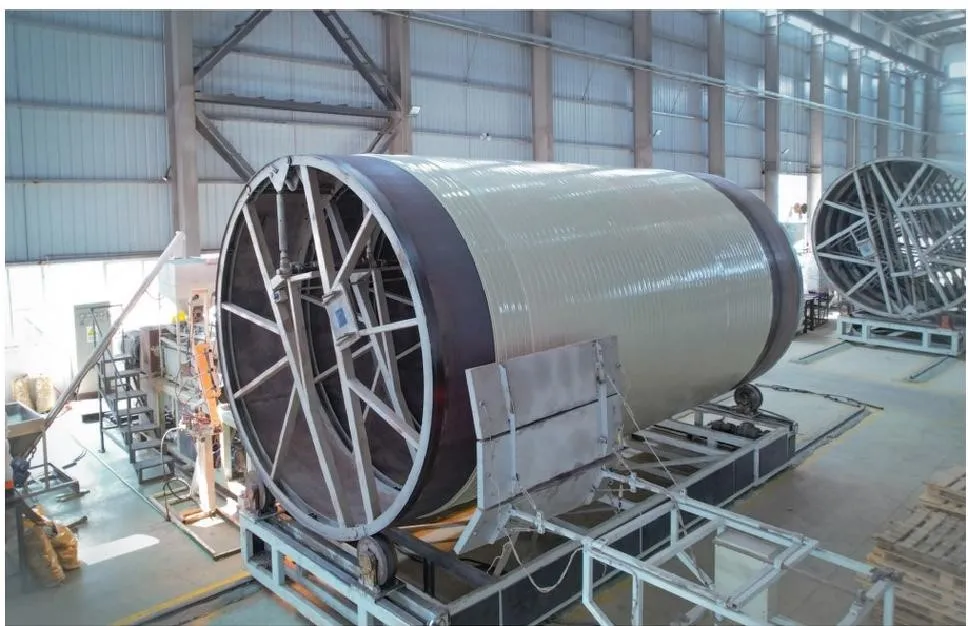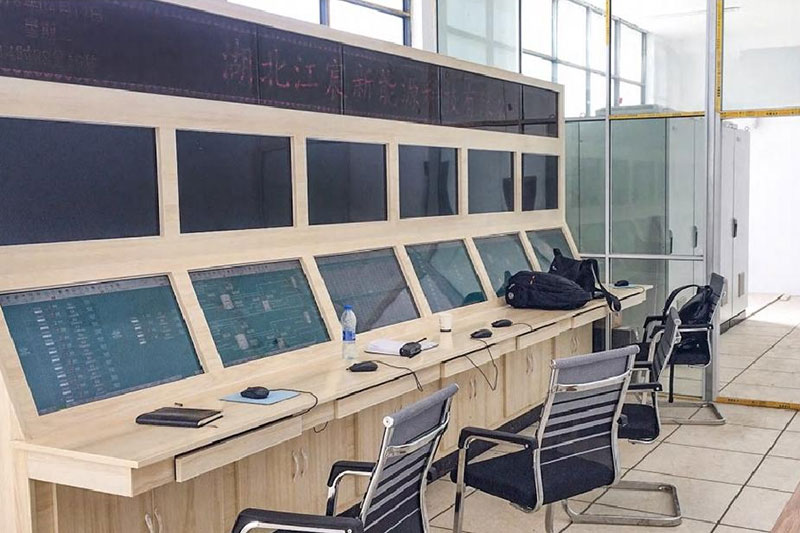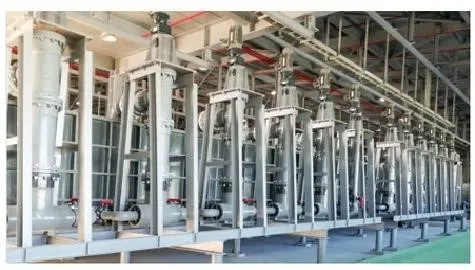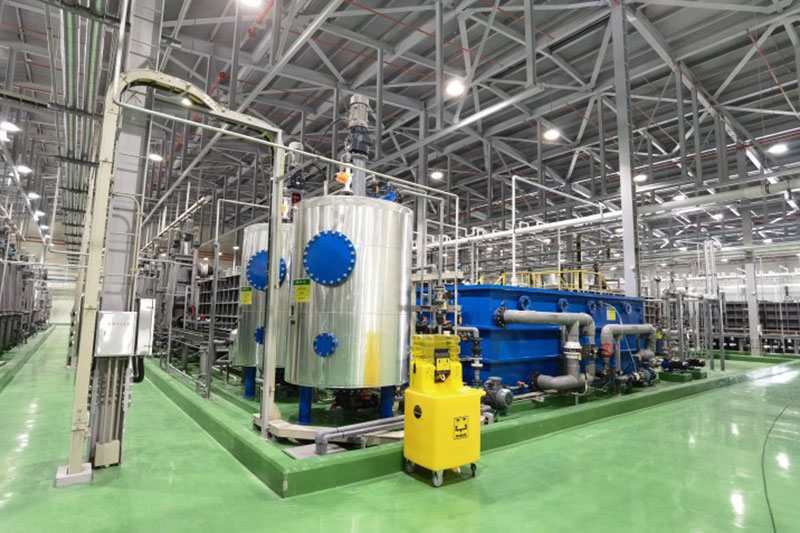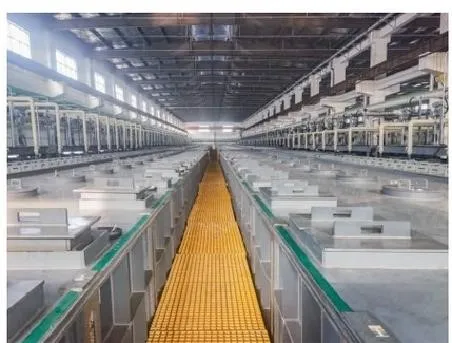Many industrial users face the issue of accumulating spent lithium‑ion batteries that pose fire risk and material loss. If these end‑of‑life batteries are simply discarded, the serious consequence includes environmental contamination, waste of critical metals, and regulatory penalties. The solution lies in establishing established recycling pathways that recover valuable materials and ensure safe disposal.
Bold snippet:
Yes — lithium‑ion batteries can and should be recycled through certified collection points and specialised facilities that recover lithium, cobalt, nickel and other critical metals while preventing disposal‑related hazards.
By reading on, you’ll discover where to recycle batteries, what value is unlocked, and how the recycling process works.
Índice
Where can batteries be recycled?
End‑of‑life batteries from consumer electronics, EVs and energy‑storage systems need careful handling. Many lithium‑ion batteries are considered hazardous waste—ignitable or reactive—when discarded improperly. Typical collection venues include specialized e‑waste recyclers, battery take‑back programs at electronics retailers, and dedicated drop‑off or mail‑in services. For larger packs (such as EV batteries) dealers, auto‑recyclers or dismantlers may handle collection.
The value created by battery recycling
Recycling spent lithium‑ion batteries recovers high‑value materials like lithium, nickel, cobalt, copper and aluminium — materials that are increasingly critical for battery manufacturing. By diverting these materials from mining, recycling offers cost, supply‑chain and environmental benefits. It helps reduce dependence on raw‑material extraction, lowers carbon and water footprints, and supports circular economy objectives. Recovered materials can be reintroduced into battery supply chains, thereby creating new value from otherwise waste streams.
Battery recycling process: Unlocking sustainable energy
The recycling of lithium‑ion batteries follows a multi‑step process designed to ensure safety and maximize material recovery:
-
Collection and transport – Batteries are gathered from consumers, industry, or automotive end‑users. Safety protocols are critical because damaged Li‑ion cells carry fire/explosion risks.
-
Sorting and dismantling – Packs may be disassembled into modules and cells; modules into smaller components for safer handling and efficient processing.
-
Processing – Several technical pathways are employed:
-
Pyrometallurgy – high‑temperature smelting to recover metals in alloy form.
-
Hydrometallurgy – chemical leaching with acids/solvents to separate metals such as cobalt, nickel, lithium from black mass.
-
Direct recycling – preserving cathode/anode structure for reuse, reducing energy input.
-
Emerging greener methods – e.g., using water + CO₂ to recover lithium without harsh chemicals.
-
-
Material recovery & refinement – Extracted metals and components are purified and returned to supply chains. Some advanced facilities claim up to ~95 % recovery of key materials.
-
Reuse or repurpose – Some batteries may enjoy a second life, e.g., in stationary energy storage before final recycling. This further extends their value.
By implementing these steps, industries and environmental systems support sustainable energy transitions and reduce waste burdens.
In summary: careful recycling of lithium‑ion batteries unlocks material value, improves environmental outcomes, and supports a circular energy economy.
